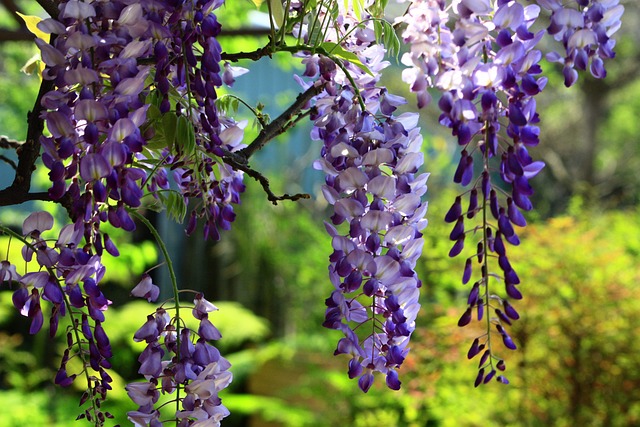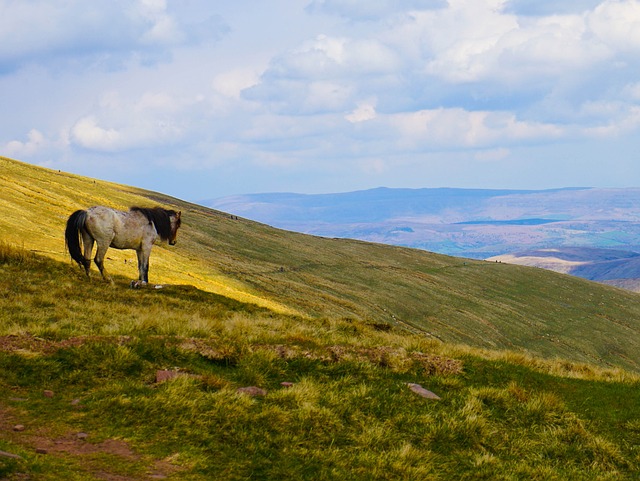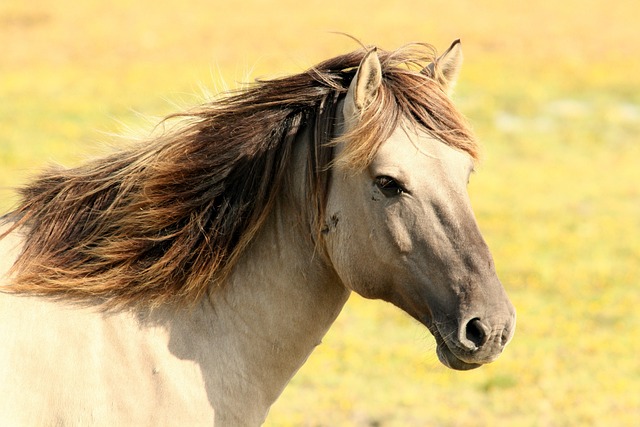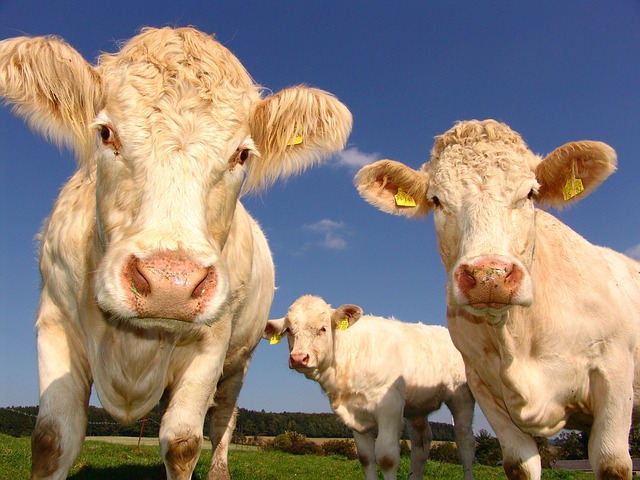
Sycamore tree
February 2, 2023
Meadow saffron
February 2, 2023Wisteria: A Potentially Poisonous Plant for Horses in the UK
Wisteria is a flowering vine commonly found in the UK, often grown on fences, trellises, and pergolas. While wisteria provides a beautiful display of fragrant flowers in the spring and summer, it can also be dangerous to horses if they consume the leaves, flowers, or seeds. In this blog, we will discuss the poisonous effects of wisteria on horses and why it is important to be aware of this issue.
Wisteria contains a toxic compound called wisterin, which can cause digestive and neurological problems in horses if consumed in large quantities. The most common symptoms of wisteria poisoning in horses include abdominal pain, colic, diarrhea, and tremors. In severe cases, wisteria poisoning can lead to liver and kidney damage, and even death.
One of the challenges of wisteria toxicity in horses is that it is often difficult to identify the cause of the problem. Horses may consume wisteria leaves or seeds while grazing or while eating contaminated hay or feed. In some cases, horses may also be exposed to wisteria if they come into contact with the plant while in a stable or paddock.
To prevent wisteria toxicity in horses, it is important to be aware of the presence of this plant near pastures and stables and to take steps to prevent horses from being exposed to it. If you suspect that your horse has consumed wisteria, it is important to seek veterinary care as soon as possible. Treatment may involve administering medications to support the horse’s digestive and neurological systems, as well as providing supportive care to manage any symptoms.
In conclusion, wisteria is a commonly grown plant in the UK that can be dangerous to horses if they consume the leaves, flowers, or seeds. Owners and caretakers should be aware of the toxic effects of this plant and take steps to prevent horses from being exposed to it. If you suspect that your horse has been poisoned by wisteria, seek veterinary care immediately.




